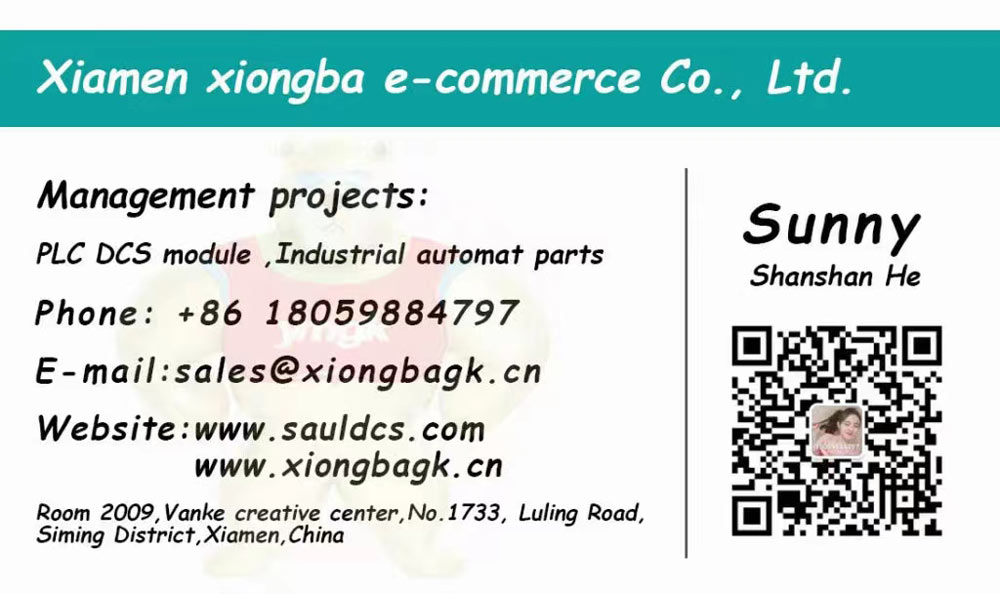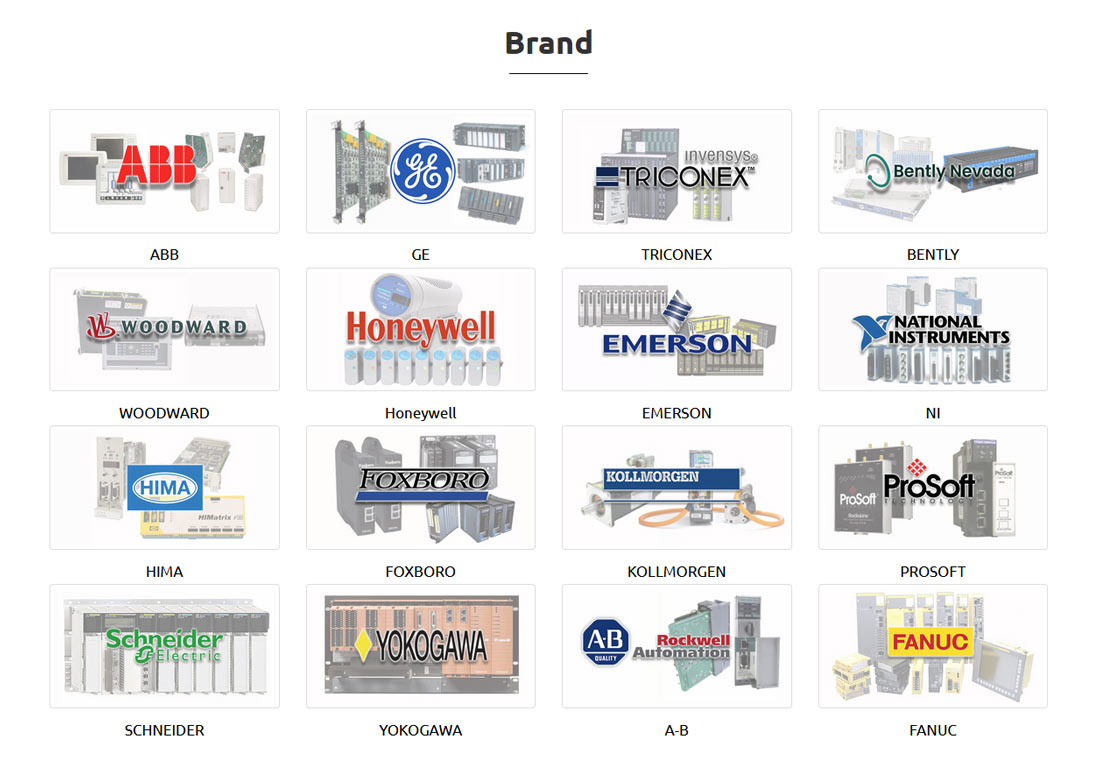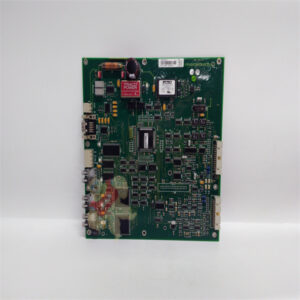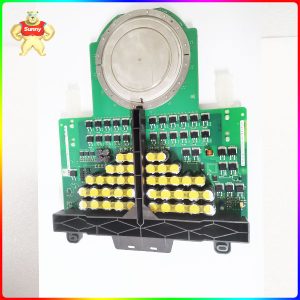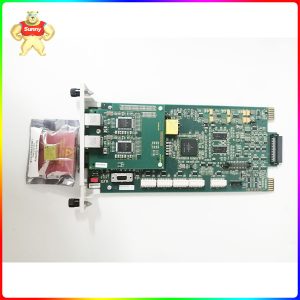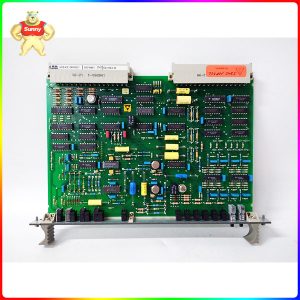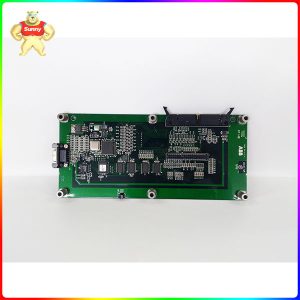Description
An analog-to-digital converter XVC769AE101 3BHE006373R0101 is an electronic component that can convert an analog signal into a digital signal. Usually the signal is sampled and held, and then quantized and encoded, and these two processes are achieved at the same time of conversion. Analog-to-digital conversion generally goes through the steps of sampling, retention, quantization and coding. In the actual circuit, some processes are carried out in combination, such as sampling and holding, quantization and coding are implemented simultaneously in the conversion process. Digital-to-analog converter A digital-to-analog converter is a device that can convert a continuous analog signal into a discrete digital signal.
ABB XVC769AE101 3BHE006373R0101 ADC
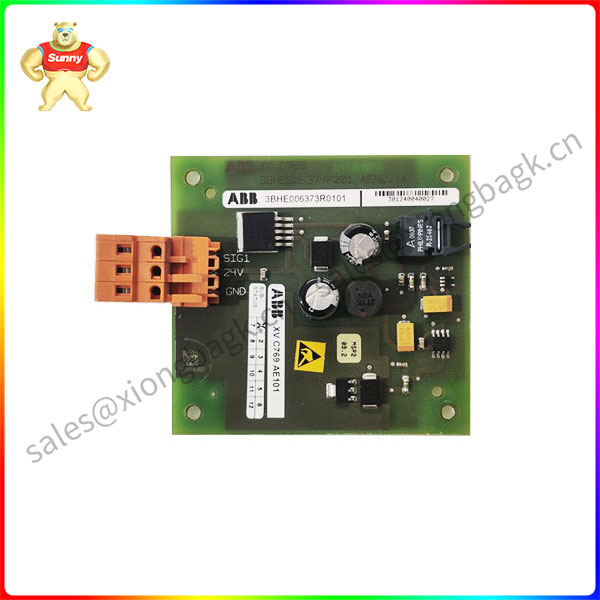
The digital quantity processed by the digital system XVC769AE101 3BHE006373R0101 is sometimes required to be converted into an analog quantity for practical use, which is called “digital-to-analog conversion”. DAC is mainly composed of digital register, analog electronic switch, bit weight network, summing operational amplifier and reference voltage source (or constant current source). Each digit stored in the digital register is used to control the analog electronic switch of the corresponding bit, so that the current value of the digit 1 is generated on the bit weight network in direct proportion to its bit weight, and then the current value is summed by the operational amplifier and converted into the voltage value.
Differential signals are required for a high signal-to-noise ratio, improved suppression of common-mode noise, and low second-harmonic distortion in many applications, such as driving modem ADCs, transmitting signals over twisted pair cables, and tuning high-fidelity audio signals. This requires a circuit that can convert a single-ended signal into a differential signal, that is, a single-ended – differential converter.
ABB XVC769AE101 3BHE006373R0101 ADC
For many applications, the XVC769AE101 3BHE006373R0101 6 built-in low-power fully differential precision amplifier is sufficient to complete the single-ended to differential conversion function. However, for applications requiring higher performance, an OP1177 precision op amp can be cascaded with the AD8476 phase, as shown in Figure 1. This single-ended differential converter has a high input impedance, a (large)2nA input offset current, and a (large)60μV offset voltage and (large)0.7μV/℃ offset voltage relative to the input.
Please contact Sunny sales@xiongbagk.cn for the best price.
➱ sales manager: Sunny
➱ email mailto: sales@xiongbagk.cn
➱ Skype/WeChat: 18059884797
➱ phone/Whatsapp: + 86 18059884797
➱ QQ: 3095989363
➱ Website:www.sauldcs.com
